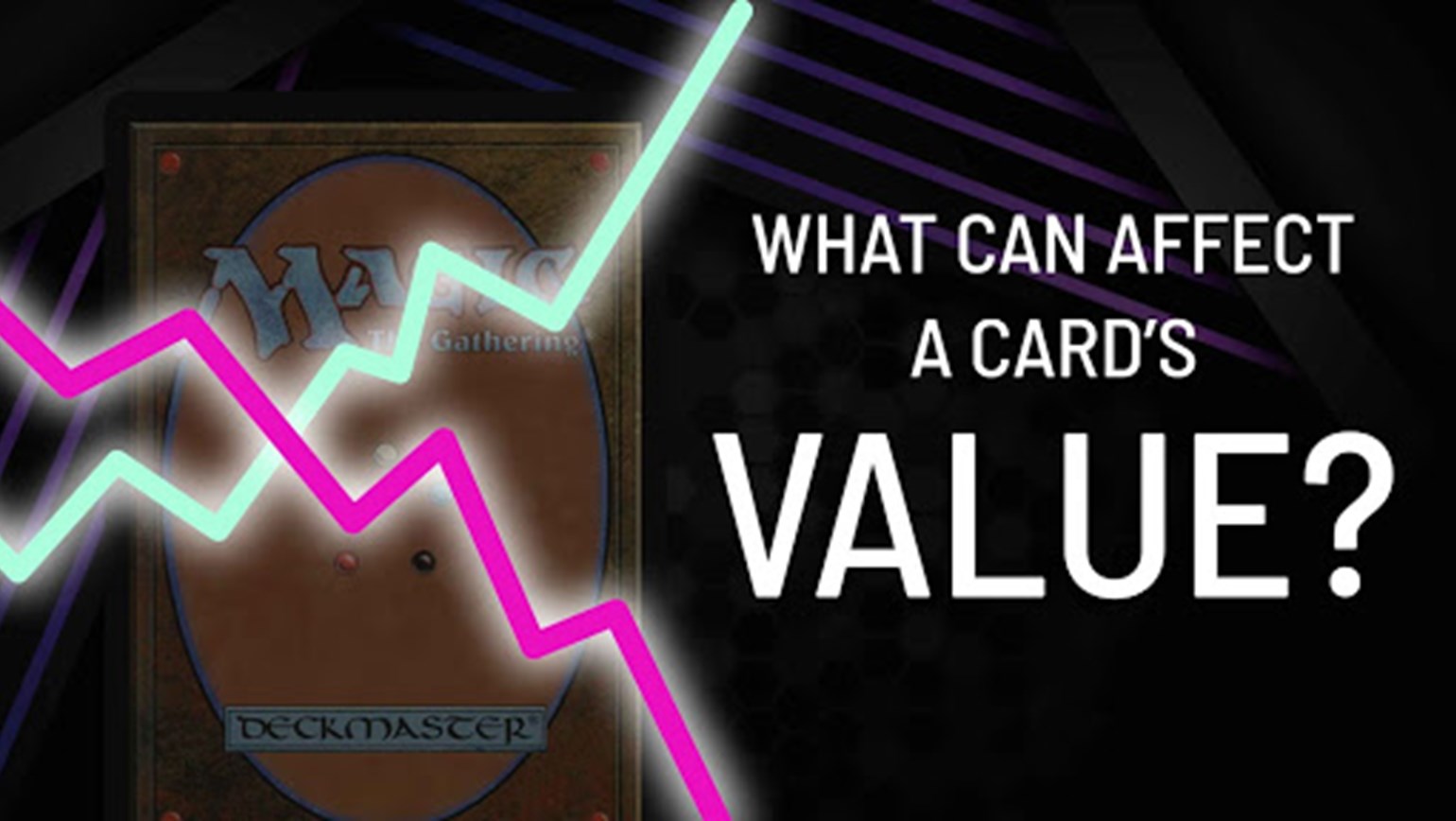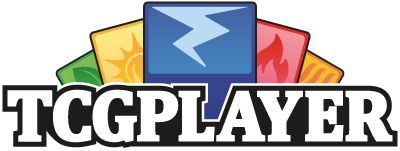What Can Affect A Card’s Value?
Erich Francis
Trading card games and other hobby collectibles have been exploding in popularity over the last 12 months. Collectors all over the world are climbing into their attics to look for older cards from their childhood in search of a rare and valuable card they may have abandoned over 20 years ago. The next questions are, how much are these cards worth? and how can you determine the value on your own? to make a profit on your long lost trading card collection.
The first and most important aspect of determining a card's value is simple: does somebody want to own this card? This breaks down into three categories that includes popularity, rarity, and playability. A popular card can be a long time nostalgic character such as Pikachu, Charizard, Jace, or Blue-Eyes White Dragon. Cards that include well-known characters are more often sought after and generate a higher demand than other characters in the game, which equals a higher value.
The rarity of the card corresponds with a limited number of the specific cards printed such as the Pokémon Illustrator Card, Black Lotus, Tournament Black Luster Soldier. These cards have a manufactured value increase based on the fact that they exist in a quantity that will never change.
Playability of a card is the impact it has on the trading card game and how usable it is at a specific point in time. This factor can change as new cards come out, creating combinations that weren’t previously possible, or following trading card ban list updates, as cards are added and removed. Playability is a good way of gauging the desirability of a card.
The last factor that affects a card’s value is condition, or essentially how close to fresh off the printing machine the card is, and has the card been properly protected and stored throughout its life. TCGplayer has a condition guide you can use as a reference when conditioning your cards in preparation to sell. A few factors that can impact condition are the card’s surface, edge wear, corner wear, water damage/bends, and general centering of the artwork on the front and back of the card. Conditioning can drastically change a card's worth and is very important when determining a card’s final value.
The factors listed above are a great starting place for where you should price your cards, but at the end of the day it does come down to what your buyers are looking to spend. TCGplayer Market Price is based on current sales through the platform and can help to guide you towards making educated decisions on what your cards are worth!
